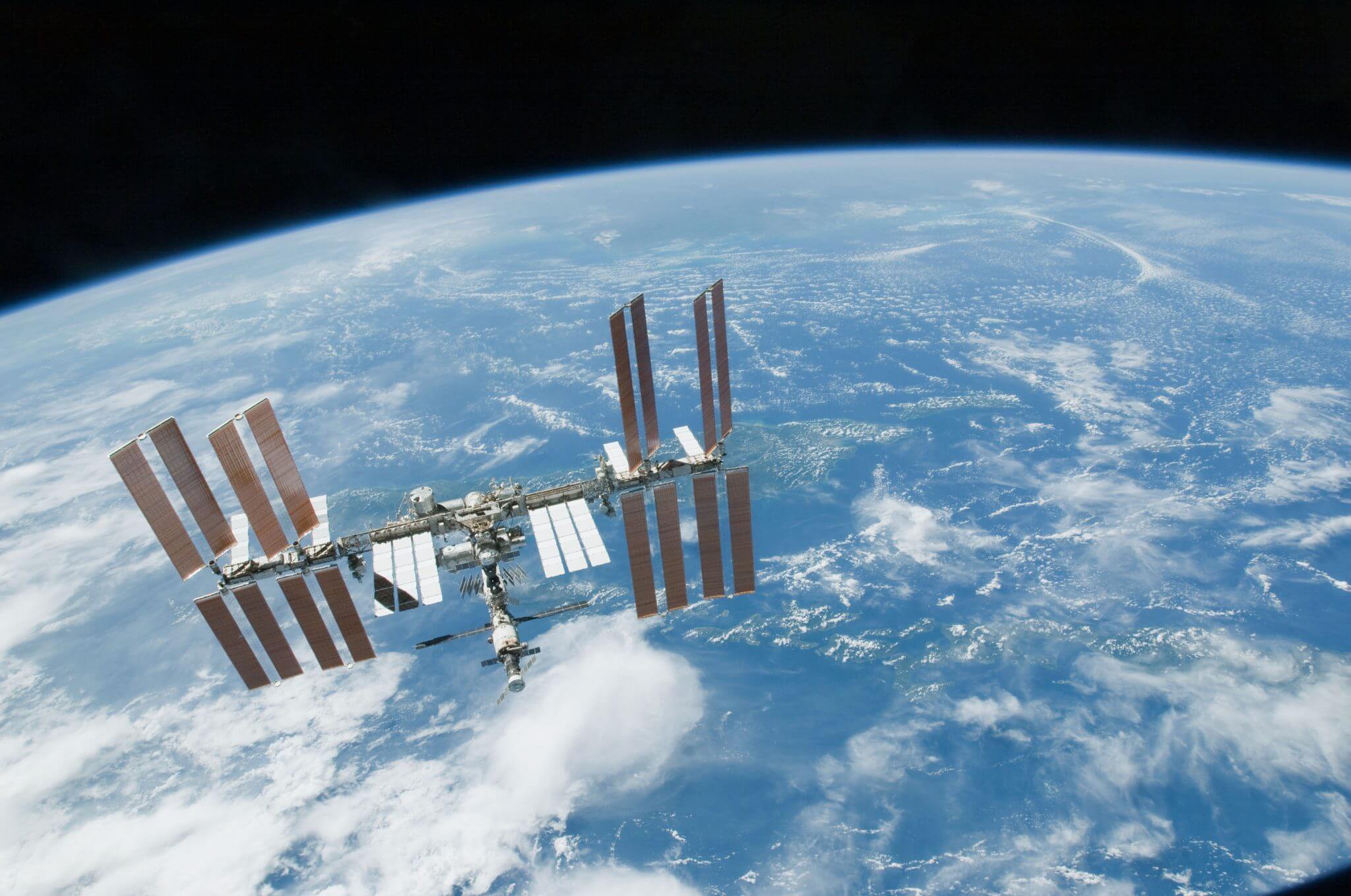At 2345 GMT on 17 October an Antares 230 rocket lifted off from Wallops Flight Facility, Wallops Island, Virginia, carrying the Cygnus OA-5 commercial resupply mission for the International Space Station (ISS) into orbit. This flight marks the return-to-flight of the Antares vehicle, which had to be redesigned after suffering an engine failure during the launch of Cygnus OA-3 in October 2014. For the 200 series onwards, Antares has been refitted with two Russian RD-181 first stage engines, supplied by NPO Energomash, replacing the AJ-26 (refurbished NK-33) engines from Aerojet on the Antares 100 series. The rocket also flies with a “new” Castor 30XL upper stage which, while flown on the previous Antares launch, never had a chance to ignite given its failure shortly after lift off.
This Cygnus mission is named in honour of late astronaut, Alan Poindexter, and is carrying around 2,400 kg of supplies to the ISS. Additionally, the Cygnus freighter is fitted with the Saffire II experiment, the second in a series testing combustion in microgravity, and a NanoRack deployer that will release several Lemur cubesats for the weather-data company, Spire Global.
Update 24 October: After waiting for the Soyuz craft carrying Expedition 49/50 to dock with the ISS, the Cygnus OA-5 freighter was successfully berthed with the station five days after lift-off.
At 1128 GMT, 23 October, the freighter was confirmed to be in the grip of the Canadian-built, Canadarm2 robotic arm, under the control of US astronaut Kate Rubins and Japanese astronaut Takuya Onishi. It was fully berthed with the ISS at 1453 GMT. The freighter is expected to stay with the station until around 18 November, when it will commence the second part of its mission – conducting the Saffire II experiment and launching several Spire cubesats – before re-entering the Earth’s atmosphere.






